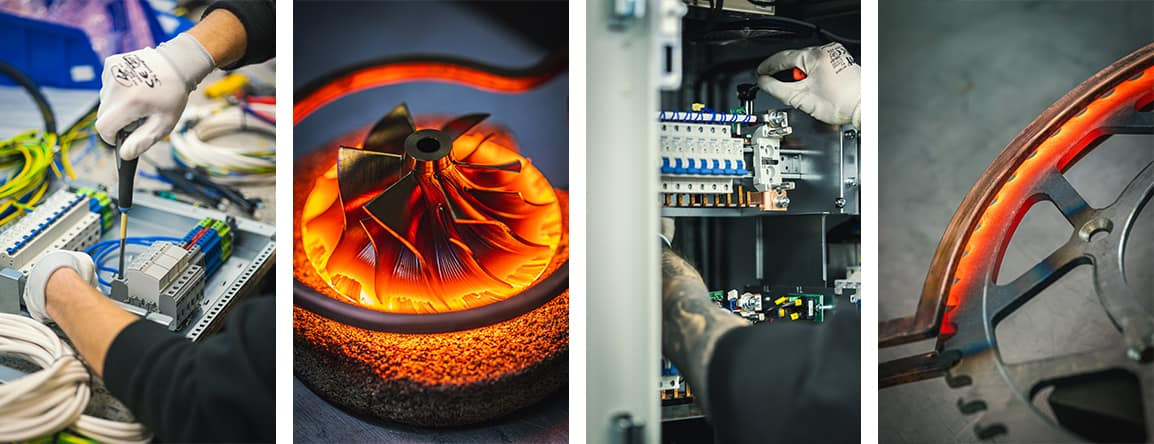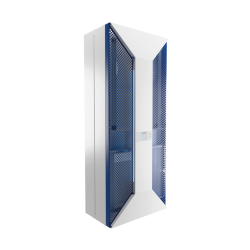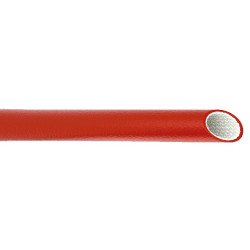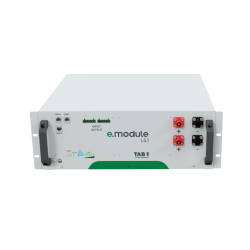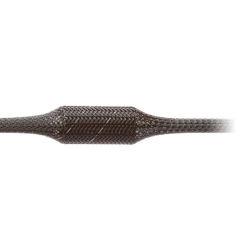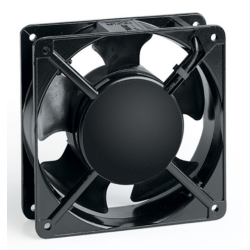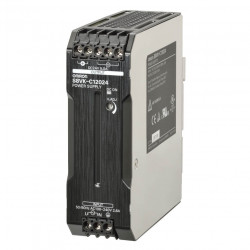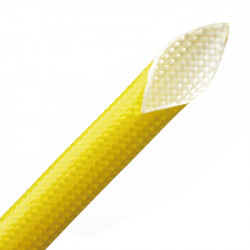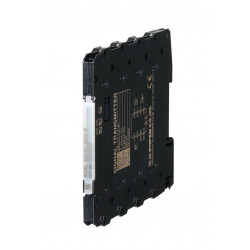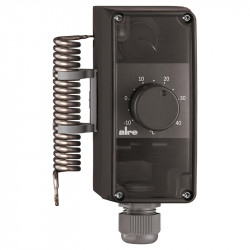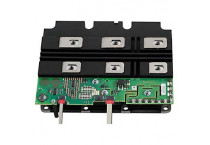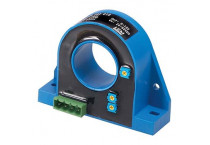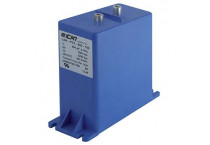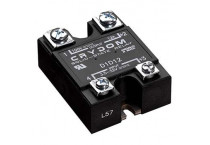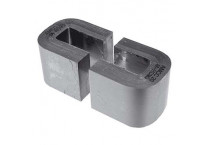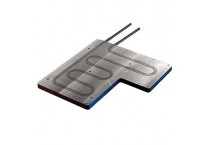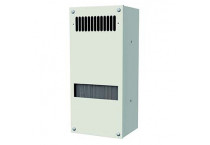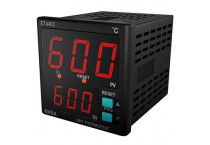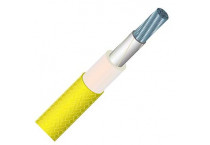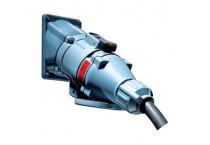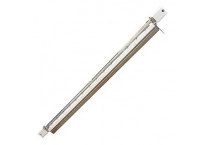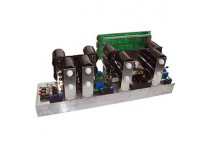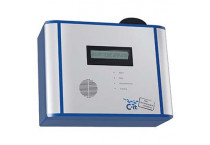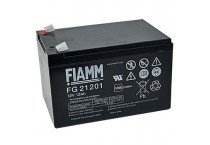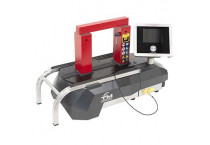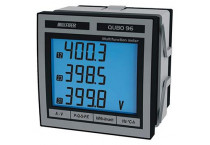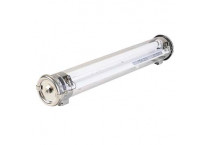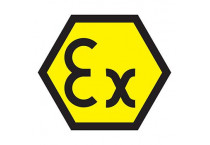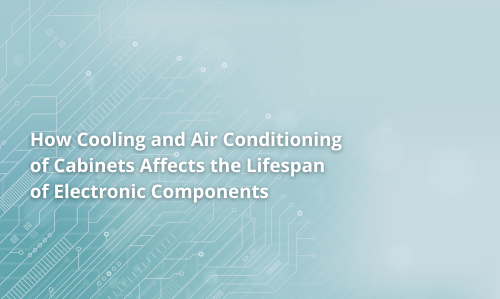Статията описва водородните горивни клетки – технология за ефективно и екологично преобразуване на водорода в електрическа енергия. Разглеждат се принципите на работа на клетките, тяхното приложение в автомобилостроенето, промишлеността и енергетиката, както и предимствата им – бързо зареждане, голям пробег и възможност за интеграция с възобновяеми енергийни източници. Технологията представлява обещаващо решение за устойчиво развитие и енергийния преход.
Компоненти за електроенергетика, автоматика, електроника, електротехника. Над 140 водещи производители.
Доставчици
Вижте всички доставчиципродуктови категории
Вижте всички категорииПоследни публикации
-
Как охлаждането и климатизацията на шкафовете влияят на живота на електронните компонентиRead more
Статията разглежда значението на охлаждането и климатизацията на контролни шкафове за поддържане на живота на електронните компоненти. Обяснява как стабилната температура и влажност подобряват надеждността на промишлените системи, описва различни методи за охлаждане, ролята на дизайна на шкафа и разположението на компонентите и подчертава енергийната ефективност в модерните промишлени инсталации.
-
Как индукционните устройства променят производствените процеси?Read more
Статията представя принципа на работа на индукционното нагряване и показва защо тази технология се използва все по-често в съвременната индустрия. Описани са конструкцията и функционирането на индукционните устройства, основните им предимства спрямо традиционните методи за нагряване, както и широкият спектър от приложения – от закаляване и запояване до топене на метали и лабораторни тестове. Статията също така представя възможностите на DACPOL SERVICE и подчертава ролята на компанията като технологичен партньор в проектирането, внедряването и сервиза на индукционни нагревателни системи.





